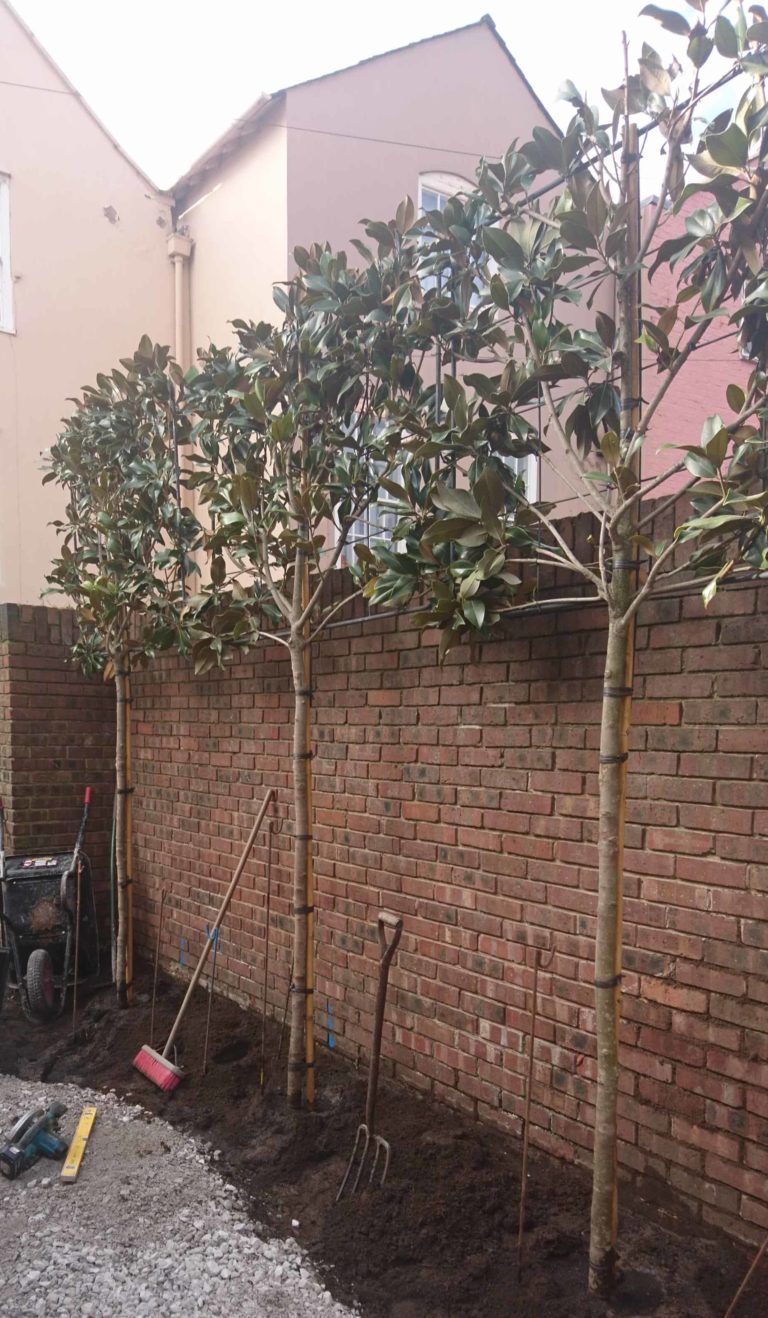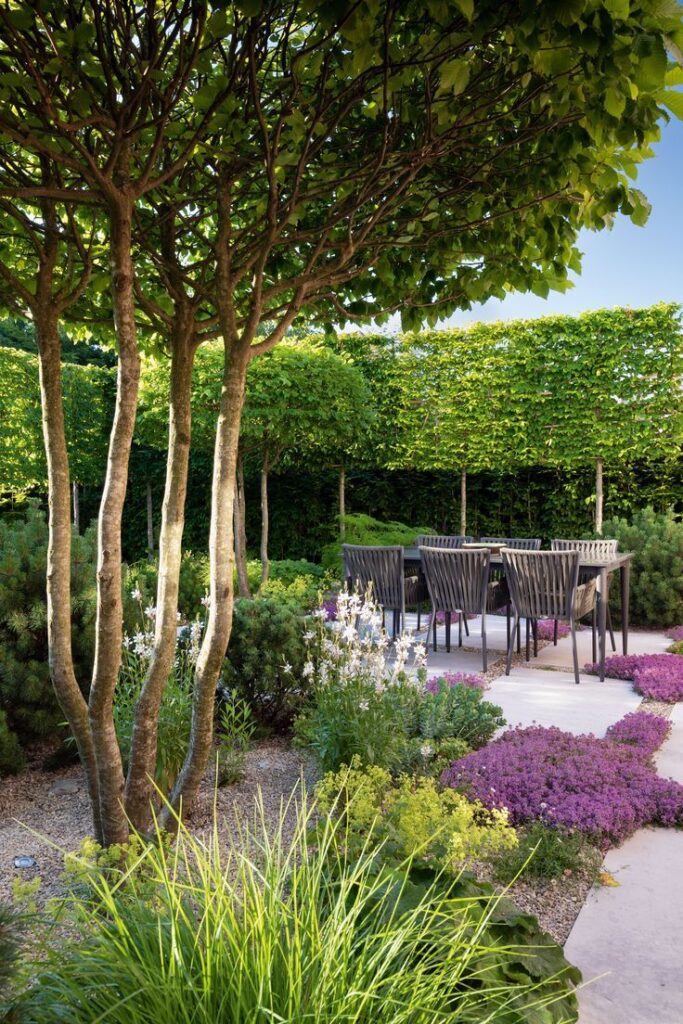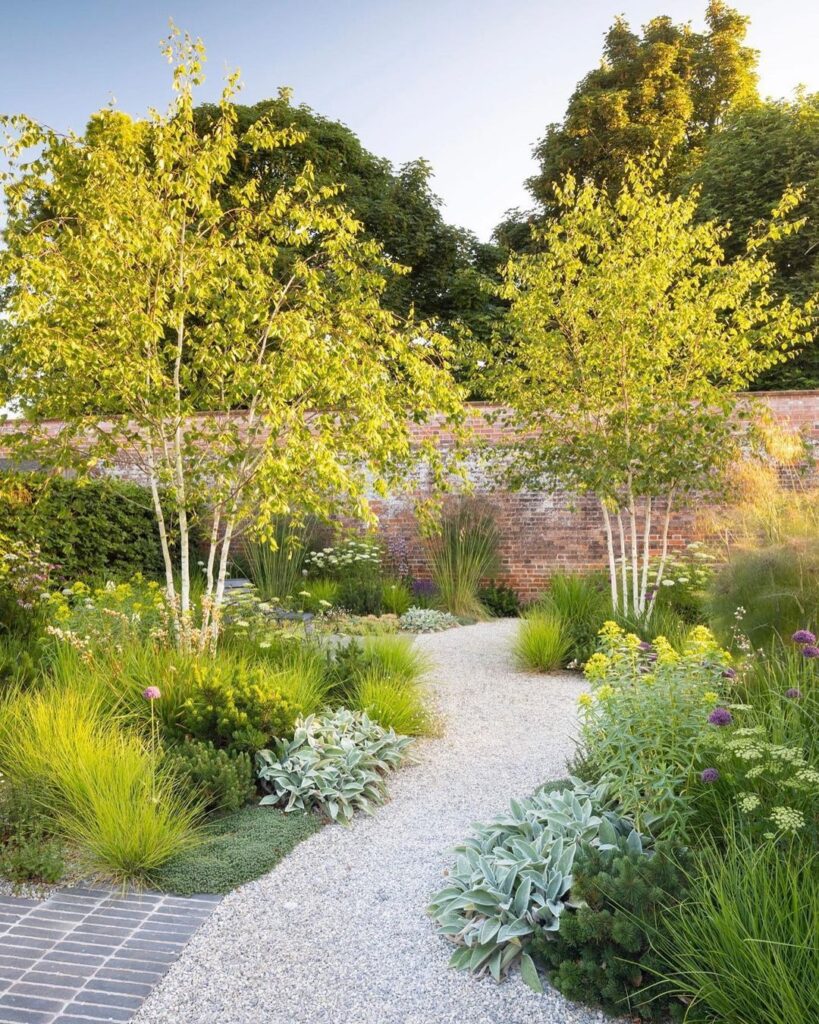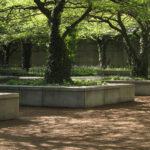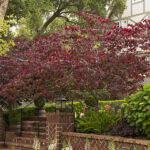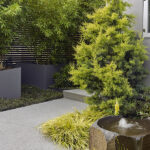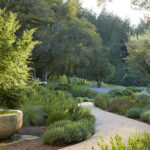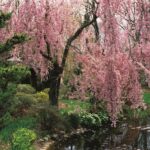Garden design is a careful process of planning and arranging various elements in a garden space to create a beautiful and functional outdoor area. One key element of garden design that often goes overlooked is the selection and placement of trees. Trees can add height, shade, texture, and color to a garden, making them a crucial component of any well-designed outdoor space.
When selecting trees for a garden, it is important to consider the size of the tree at maturity and how it will fit into the overall design of the space. Some trees, such as oaks or maples, can grow quite large and may overwhelm a small garden, while others, like Japanese maples or dogwoods, are more suitable for compact spaces. It is also important to consider the tree’s growth habit and ensure that it will not interfere with other plants or structures in the garden.
In addition to size and growth habit, it is important to consider the aesthetic qualities of the tree when selecting species for a garden. Trees can add color and texture to a garden, with some varieties offering bright blooms or colorful foliage that can create a focal point in the landscape. Additionally, trees with interesting bark or unique branching patterns can add visual interest to a garden even in the winter months when other plants are dormant.
The placement of trees in a garden is also a crucial aspect of design. Trees can be used to create privacy, frame views, or provide shade to different areas of the garden. Placing trees strategically can help to define outdoor rooms within the garden, creating distinct spaces for relaxing, dining, or entertaining. Additionally, trees can help to create a sense of scale in the garden, breaking up large expanses of lawn or paving and adding vertical interest to the landscape.
Proper care and maintenance of trees are essential to ensuring their health and longevity in the garden. Regular watering, fertilizing, and pruning can help trees to thrive and continue to contribute to the beauty of the outdoor space. Additionally, it is important to consider the specific needs of each tree species when caring for them, as different species have different requirements for sunlight, soil, and water.
In conclusion, trees are a vital element of garden design, adding height, texture, color, and interest to outdoor spaces. By carefully selecting and placing trees in a garden, homeowners can create a beautiful and functional landscape that will enhance their outdoor living experience for years to come. Proper care and maintenance of trees are key to ensuring their health and longevity in the garden, so it is important to consider the specific needs of each tree species when caring for them.
